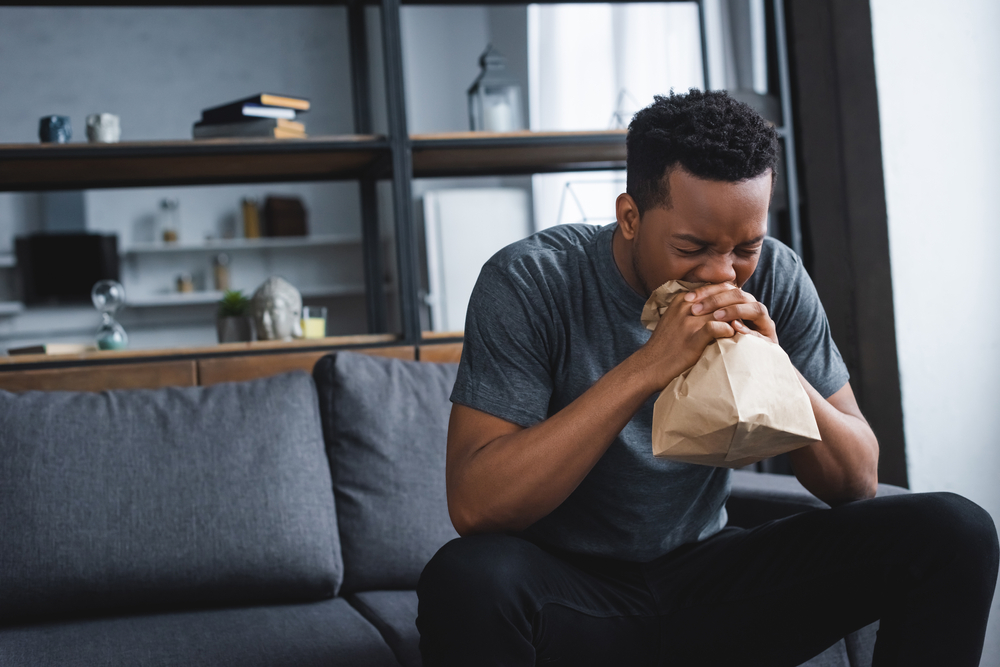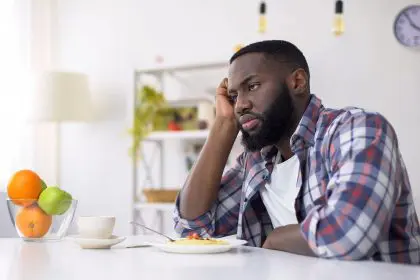Panic attacks can be incredibly frightening experiences. They come on suddenly, leaving you feeling overwhelmed by intense fear and a cascade of physical symptoms. If you’ve ever experienced a panic attack, you know how disorienting and debilitating it can be. However, understanding what panic attacks are and why they happen can be the first step towards managing them effectively.
What is a Panic Attack?
A panic attack is a sudden episode of intense fear or discomfort that reaches a peak within minutes. It’s often accompanied by a range of physical symptoms that can mimic a heart attack or other medical emergencies. These symptoms can be so severe that they can cause significant distress and even lead people to believe they are losing control or dying.
Here are some of the common physical symptoms of a panic attack:
- Racing heart rate
- Shortness of breath or difficulty breathing
- Chest pain or tightness
- Dizziness or lightheadedness
- Sweating
- Trembling or shaking
- Feeling of choking
- Nausea or abdominal discomfort
- Numbness or tingling sensation
- Chills or hot flashes
- Feeling detached from reality or oneself (derealization/depersonalization)
It’s important to note that not everyone experiences all of these symptoms during a panic attack, and the severity can vary from person to person.
What Causes Panic Attacks?
The exact cause of panic attacks is not fully understood, but they are thought to be related to a combination of factors, including:
- Brain chemistry: Imbalances in brain chemicals like serotonin and norepinephrine may play a role in triggering panic attacks.
- Genetics: Having a family history of anxiety disorders can increase your risk of experiencing panic attacks.
- Stress: Major life stressors, ongoing worries, or even positive life changes can trigger panic attacks in some people.
- Medical conditions: Certain medical conditions, such as hyperthyroidism or heart problems, can mimic the symptoms of a panic attack and sometimes even trigger them.
- Substance abuse: Alcohol and recreational drugs can also increase the risk of panic attacks.
Understanding the Fear Response: Fight-or-Flight
During a panic attack, your body goes into a state of fight-or-flight, a primal survival mechanism triggered by a perceived threat. This response releases a surge of hormones like adrenaline and cortisol, which cause the physical symptoms mentioned earlier. However, there’s no real external threat in a panic attack, and the fight-or-flight response is misfiring.
Panic Attacks vs. Anxiety Attacks
Panic attacks are sometimes confused with anxiety attacks. While they share some similar symptoms, there are key differences:
- Suddenness: Panic attacks come on suddenly and reach a peak within minutes, while anxiety attacks may build gradually and last for more extended periods.
- Intensity: Panic attacks are generally more intense and debilitating than anxiety attacks.
- Cause: Panic attacks often occur without a clear trigger, while a perceived threat or stressful situation usually triggers anxiety attacks.
How to Cope with a Panic Attack During the Moment
If you’re experiencing a panic attack, it’s important to remember that it’s temporary and will eventually pass. Here are some strategies that can help you cope during a panic attack:
- Focus on your breathing: Take slow, deep breaths from your diaphragm. This can help to slow your heart rate and calm your body.
- Relaxation techniques: Practice progressive muscle relaxation or mindfulness exercises to help ease tension and anxiety.
- Positive self-talk: Remind yourself that this is a panic attack and it will pass. Use calming affirmations like “I am safe” or “This is temporary.”
- Seek a quiet place: If possible, remove yourself from the situation that might be contributing to your anxiety and find a peaceful place to sit or lie down.
- Grounding techniques: Engage your senses to return to the present moment. Focus on what you see, hear, smell, taste, or touch.
When to Seek Help for Panic Attacks
While occasional panic attacks may not necessarily require professional help, if they are happening frequently, interfering with your daily life, or causing significant distress, it’s essential to seek professional help. A therapist can help you understand your panic attacks, develop coping mechanisms, and explore underlying causes. There are various treatment options available for panic attacks, including cognitive-behavioral therapy (CBT) and medication.
Conclusion
Panic attacks can be frightening, but they are treatable. By understanding what panic attacks are, what triggers them, and how to cope with them, you can take back control of your life and manage your anxiety. Remember, you are not alone. Many people experience panic attacks, and there is help available.
This story was created using AI technology.












